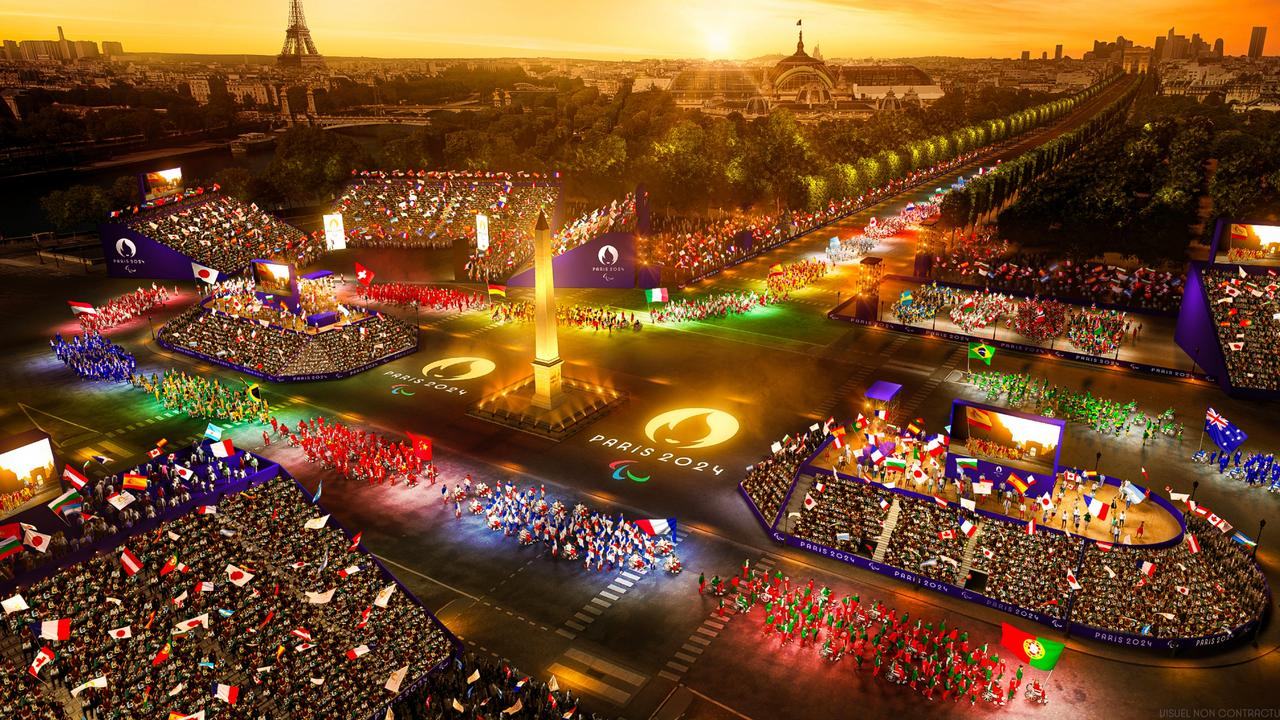Paris Olympics Part 4: How the Olympic torch relay keeps hopes aflame
Part 4: The Olympic flame continues its journey as one of humanity’s most uniting and symbolic sparks in the modern era
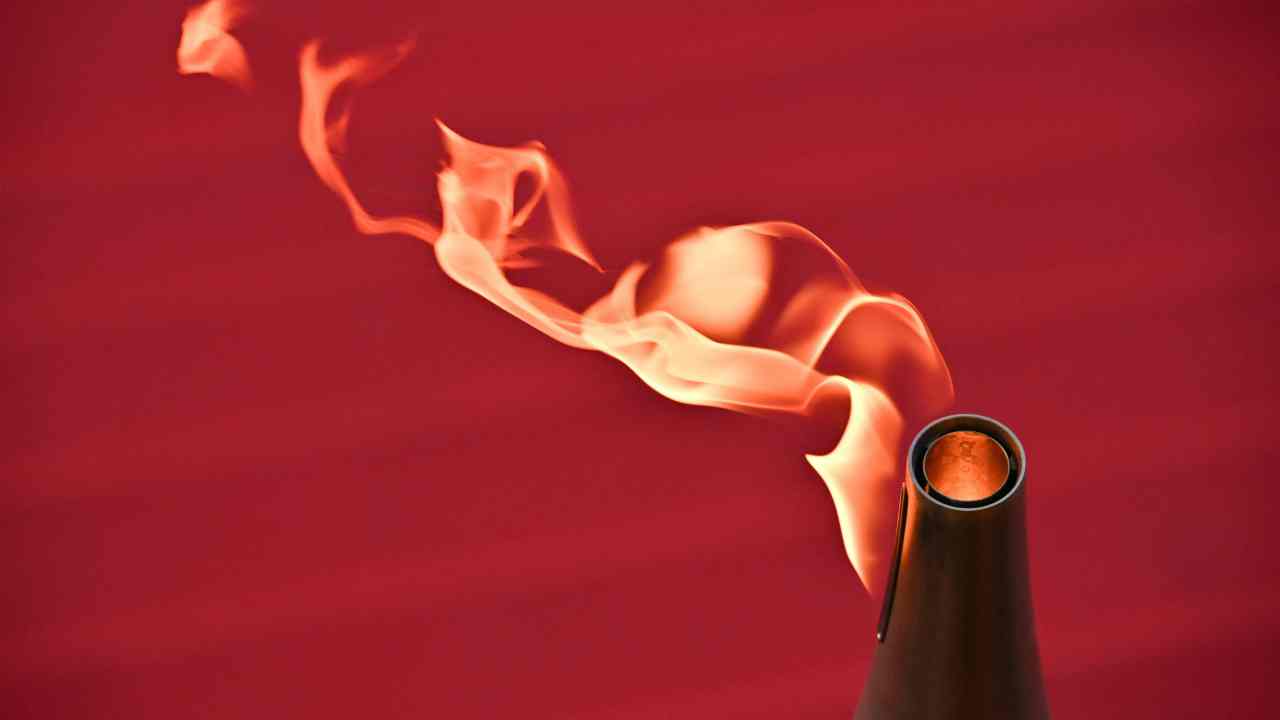
READING LEVEL: GREEN
One of the greatest symbols of the Olympic Games is the Olympic torch.
In the months before the Opening Ceremony, the torch is carried by thousands of runners in a relay* that starts in Greece before travelling to the country hosting the Games.
The flame for the torch is lit for each Olympics during a special ceremony in the Greek town of Olympia, where the ancient* Olympics were first held about 2800 years ago.
Women wearing the robes of Ancient Greek high priestesses* use the sun’s rays and a parabolic* mirror to create a flame that lights the torch.
The torch goes on a relay in Greece, before the flame is transported in a few safety lamps, usually by plane, to the host country, where it continues its relay journey.

During the relay, people don’t actually pass the torch to each other. Each participant has historically had their own torch, which they carry for a short distance before igniting* the torch of the next person. There have been tens of thousands of torches!
The relay route is carefully planned so the torch can be seen by lots of people and pass by impressive landscapes and historical sites.
The final torchbearer uses their torch to light a giant cauldron* in the stadium at the Opening Ceremony, which burns throughout the Games.
The torch is a symbol of peace and friendship, and each Olympics has its own design that needs to resist rain, snow, heat and wind.
THE JOURNEY
The first Olympic torch relay took place at the Summer Games in Berlin, Germany, in 1936.
The torch is mostly carried by runners on foot, but it has also been carried on all sorts of creative transport, including paraglider, surfboat, dog-sled, snow scooter, horse and skis.
It has also been to unusual places, including to the top of Mt Everest, to the North Pole and into space.

For the Sydney 2000 Games, the torch was carried underwater by a diver at the Great Barrier Reef (flare technology kept it alight). It was also carried on a chairlift in Tasmania and on a camel in the outback.
Does the torch ever accidentally go out?
Yes. And more often than you would think!
For example, when Australian athlete Nova Peris carried the torch at Uluru in Central Australia for the Sydney 2000 Olympics, it went out a couple of times. In the relay in Japan at the last Olympics, it reportedly went out twice on day one.
When a torch goes out, it is relit (or another torch is lit) from a backup lamp carrying the same flame from the Olympia ceremony.
THE TOKYO TORCH
The slogan of the 2020 Tokyo Olympics torch was “Hope lights our way”, which encouraged people to support each other and the world to work towards peace.
The slogan was particularly pertinent* for the Japanese, who suffered a devastating earthquake and tsunami* in 2011.
And it became even more meaningful after the Tokyo Games were postponed* for 12 months because of the Covid-19 pandemic. While the Games were postponed, the flame was safeguarded* in Tokyo.
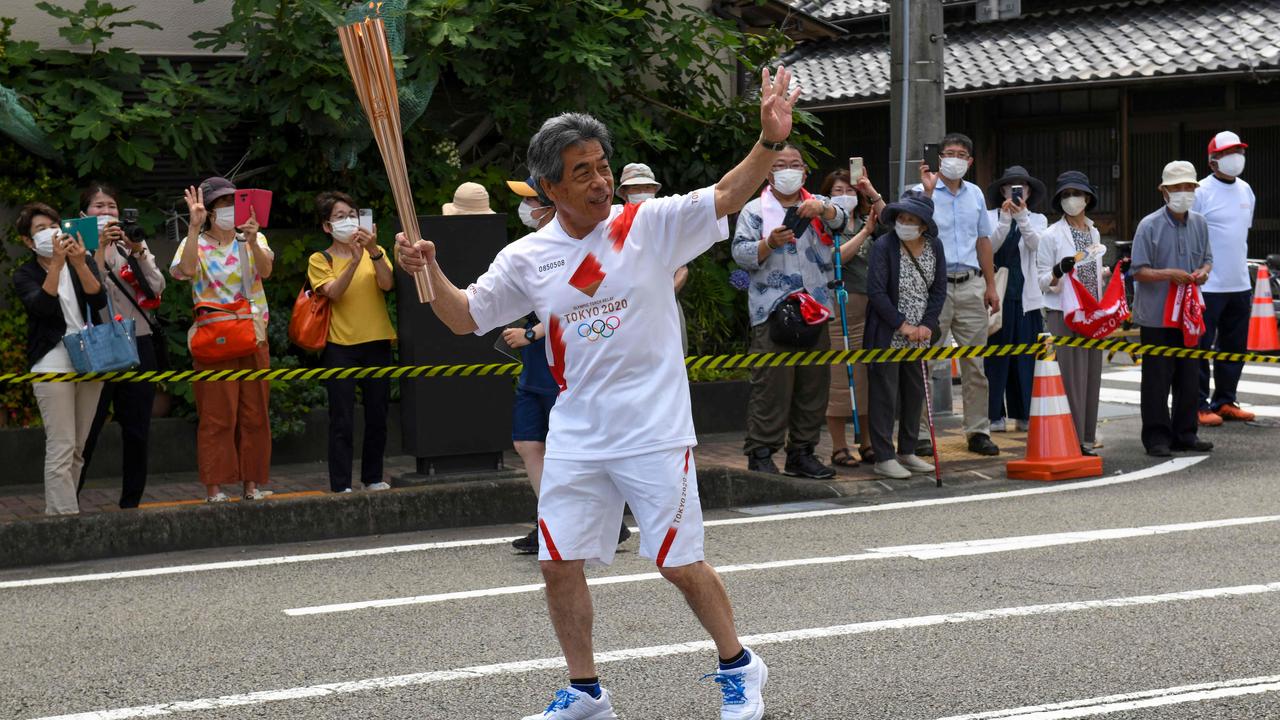
THE PARIS TORCH
For Paris 2024, the flame was lit on April 16 and travelled from Greece to France by boat, in line with the principle of sustainability that will be one of the defining features of these Paris Games.
For almost three months, from 8 May to 26 July 2024, 10,000 torchbearers will meet French people in over 400 towns and cities, including five overseas regions (French Guiana, Reunion Island, French Polynesia, Guadeloupe and Martinique). The torch relay has 68 stages, including the last: its final journey through Paris ahead of the Opening Ceremony on July 26.
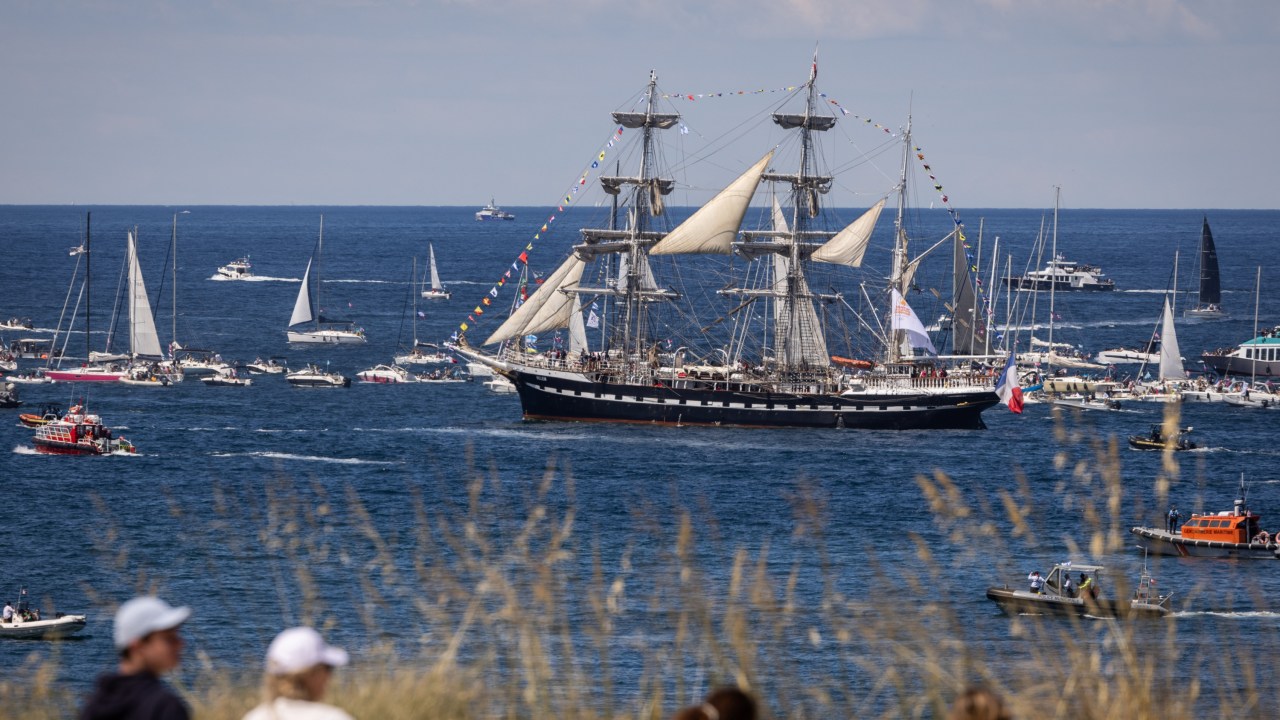
French designer Mathieu Lehanneur was inspired by three themes of Paris 2024: equality, water and peacefulness. The steel torch, with its symmetrical, curved and rounded lines, is a beautiful work of art in its own right. The design is intended to convey generosity and solidarity.
A total of 2000 torches were produced - five times less than those used at the previous Games.
After the Summer Games, the torch will be lit once again in Stoke Mandeville, a symbolic location of the Paralympic Games. A thousand torchbearers will carry the new flame as part of the relay, which will ignite the cauldron of the Paralympic Games during the Opening Ceremony on 28 August 2024.
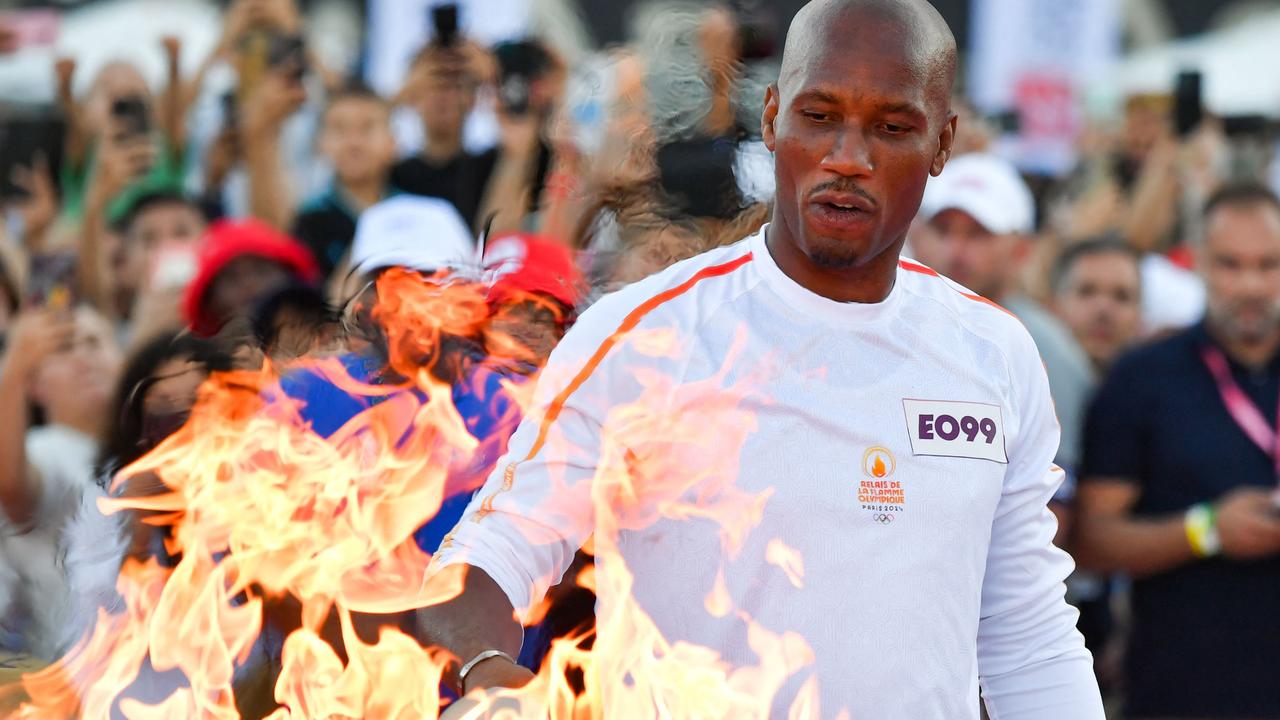
CHOOSING TORCHBEARERS
Torchbearers are a mix of celebrities, athletes and everyday people who are often inspiring community members.
Until the 1970s, torchbearers were young, male athletes. But at the 1972 Munich Games in Germany, women, people with disabilities and ordinary people living along the relay route were included as torchbearers for the first time.
An Olympics organising committee selects torchbearers, who usually have a personal connection to the area in which they wish to carry the torch.
It is a very big honour to be the first or last torchbearer, and they are usually outstanding citizens of their country.
At the Sydney 2000 Olympics, Cathy Freeman, one of Australia’s most highly regarded athletes, was the final torchbearer, using her torch to ignite a ring of fire, which then spectacularly became the cauldron.
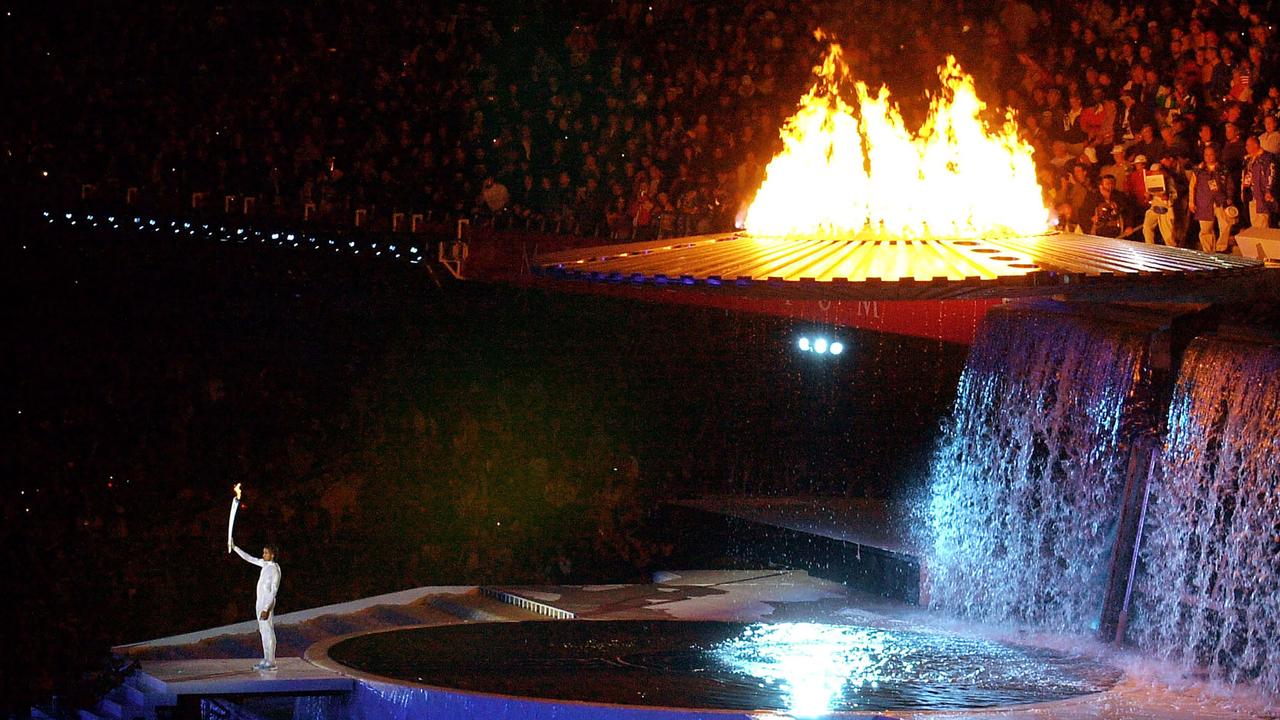
DID YOU KNOW?
Torch relays were never part of the ancient Olympic Games.
However, the way the Olympic flame is lit – by the sun’s rays focused into a parabolic mirror – is the same method used by the Ancient Greeks to light the flames that burned constantly at their temples.
GLOSSARY
- relay: passing something from one person to another over a certain distance and time
- ancient: belonging to the very distant past
- priestesses: female priests of a non-Christian religion
- parabolic: has a symmetrical curve like a U-shape
- igniting: cause to catch fire, inflame
- cauldron: a large pot
- pertinent: relevant or applicable to a particular situation
- tsunami: an extremely large wave caused by earthquake or volcanic eruption
- postponed: delayed, put off for a period of time
- safeguarded: protected
- renewal: to begin again, to become as new
EXTRA READING
Part 1: The ancient Games
Part 2: The modern Games
Part 3: Olympic values
QUICK QUIZ
- How do women dressed an ancient priestesses light the torch in the Greek village of Olympia?
- What was different about the torch relay at the 1972 Munich Games?
- When and where did the French section of the torch relay begin?
- What three themes inspired the design of the Paris Olympics torch?
- Who was the final torchbearer at the Sydney Olympic Games in 2000?
LISTEN TO THIS STORY
CLASSROOM ACTIVITIES
Refer to the accompanying Paris Olympics Education Kit classroom workbook with 35 activities. It’s FREE when teachers subscribe to the Kids News newsletter.

